Yesterday I shared with you the benefits of keeping a pain journal. Did you get a chance to start recording how you feel and take control of your recovery? If not that is ok. Today is a new day.
The key to recovering from sciatica pain, or any other pain, is to address pain at its source. That way we have the opportunity for any injured tissues to heal as well as prevent recurrences. Trying to do 15 exercises/stretches straight through and then assessing how you feel is kind of like a “shoot first, aim later” type of approach. Some may help and some may make the pain worse. This approach makes it difficult because there is so much information at once it came overwhelming and confusing. In order to address pain at its source, we have to look within and find out the cause of pain in the first place. This can be done through a few questions that you can ask yourself (an opportunity for introspection). If you’d like, write down your responses to these questions, so you can keep track of them. Feel free to share them with me if you’d like, or if you’re seeing a provider, definitely share it with them.
1) How did this start?- If it was a traumatic incident or a specific incident that brought on the pain, we are looking at some sort of trauma that may have caused the pain. If the pain gradually came on in the absence of trauma/event, then the pain was probably caused by a series of micro-stresses that accumulated over time
2) What positions make your pain feel worse?- This tells us the positions and movements to avoid or modify. It can also help us identify which structures/tissues are being affected. If it is a disc issue, then forward bending and/or leaning away from the side of pain will make the pain worse (or peripheralize, aka “spread down your leg”) If it is an arthritis issue, then back bending or leaning towards the side of pain will make the pain worse or peripheralize. If it is sitting, it could be related to a disc issue, if it is standing, it could be due to an arthritis or hip flexibility issue. Listing what makes your pain worse helps us zero in on what can be the culprit.
3) What positions make you feel better?- This tells us the exercises and stretches to do more o, but it can also help us figure out what is being affected. Disc issues respond well to back bends and leaning towards the side of symptoms. Arthritis issues benefit from forward bending and leaning away from the pain. If it is an instability/core strength issue, the body will feel better when the abs are tensed up. These are great clues in helping us figure out what to “do more of” to enhance recovery.
4) Is the pain influenced by back motion or hip motion? This is another question that needs to be answered. If there isn’t enough motion in the hips, the extra motion is made up at the spine. You can often tell if this is an issue if you ever feel a pinching sensation in your hips when sitting down.
This is not an exhaustive list of questions, but will provide at least some helpful information for you to address your pain at its source. If you can keep track of this information and share it with your provider or even take action on your answers, you are way closer to recovery than you think.
If you need extra help and guidance in your recovery, our Sciatica Protocol can help you on a daily basis find the right stretches and exercises for you. We just started a free 3 day trial for new users. If you are ready to check it out, register at this link.


